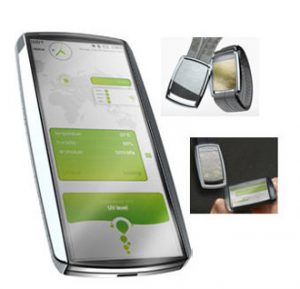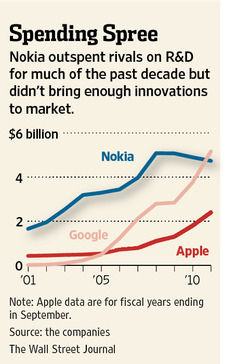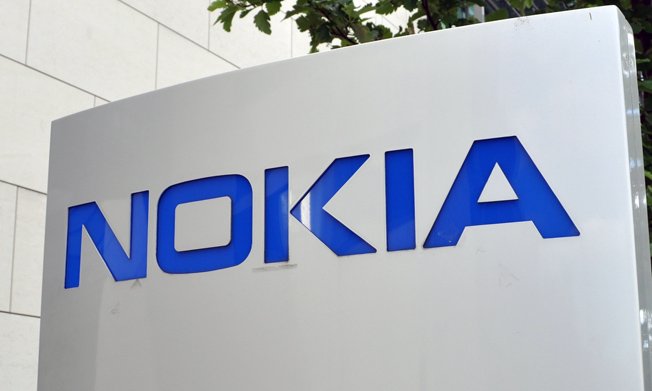Long gone are the times when this legend ruled the streets, Nokia had the major chunk of the market share for 14 years in a row. With over 27% of the total market size cap, Nokia dictated terms of the trade and decided future technology along the lines of mobile telephony.

More than seven years before Apple rolled out the iPhone, the Nokia design team showed to the top executives a phone with a color touch screen set above a single button. The device was shown locating a restaurant, playing a racing game and ordering lipstick. In the late 1990s, Nokia secretly developed another alluring product: a tablet computer with a wireless connection and touch screen—all features today of the hot-selling Apple iPad. According to Frank Nuovo, the former Chief Designer at Nokia Corp.
The consumers never saw those devices simply because of the internal company politics, that made getting approvals practically impossible.

Nokia’s long battle of being the leader in the mobile phone segment was ended when rival Samsung took the lead and never looked back. In 2007, the year the iPhone was announced, Nokia had its highest market share of 40%. Nokia had always claimed that the iPhone would not do well, as it did not have 3G networks, was not drop tested and didn’t have basic things like bluetooth file transfer and message forwarding. But the consumers loved the iPhone, the phone that ushered in the era of the smartphone, leading to the development of what is now called Android OS and Windows Phone, and the inevitable downfall of all those who were left behind (Read RIM and Nokia)
[pullquote_left]Cash reserves are at an all time low US $5.1 billion[/pullquote_left]Nokia is still fighting hard, even though cash reserves are at an all time low US $5.1 billion in vs the $6.3 billion in Q1 2012. Nokia’s strategies and internal company politics have often been blamed for such a major downfall. To battle the current mobile giants, Nokia had developed many products Meego was one of them. Nokia spent over US$ 40 billion in research over the past 10 years, on projects including Meego OS.
The company thought they had it right going the Apple way, the Hardware was propriety and so was this super smooth OS. But there was always rivalry within the company as the Symbian and the Meego teams competed with each other for support and the attention of the top executives as each group was accountable for delivering the most competitive phone.
Nokia design meetings are not anything like you would imagine. In a normal world a few design heads and key executives would sit in a conference hall and discuss design strategies for the company. But with Nokia it was a different ball game together, hundreds of engineers and designers were called in from all over the world to meet in one large auditorium where everyone was shouting to be heard. Your involvement ensured your position at the company, therefore the end resultant was anything short of a legislative assembly on the decision of a Legal Bill in the Delhi Parliament house.
In 2010 Stephen Elop joined Nokia as CEO and brought about a massive shift in strategy. The company was at the time spending €5 billion a year on R&D—30% of the mobile phone industry’s total. Elop came in and completely eradicated the future of both Symbian and Meego paving the way for a Windows Phone alliance which would see the light of the Lumia Devices.
[pullquote_right]Lumia phones were a generation behind[/pullquote_right]Nokia managed to screw that up, because, the first series of Lumia phones were a generation behind. While companies like HTC and Samsung pushed out their second generation Windows Phone devices, equipped with Mango and ready to handle tasks like VOIP, video conferencing and tethering, Nokia Lumia phones focused on build quality and apps (Nokia’s view since the starting era). Nokia left out key elements that makes the consumer of today lean in to buy smartphones.
Every announcement made by Microsoft for the Windows Phone OS update has left Nokia in the dust of the past. Windows Phone 8 will now not work on any Lumia phone already available , and those yet to be announced in India (Lumia 900). While Elop and Nokia are trying to escape the matter by assuring that the Hardware requirements for Windows Phone 8 cannot be met in existing devices, the consumers who did give Nokia another fighting chance may never look at the brand again.
Symbian based Nokia Asha series and PureView phones belong to totally different sectors. The Asha Series being targeted at the budget line while the PureView at a high end niche market. While these devices show promise for the company, their sales cannot be accounted for positive sustainability of the once leader of mobile telephony.
Only if Nokia would drop all side businesses and truly focus on system which was perfect to the core would they be able to capture the market again. Nokia might actually rise again, but this time not thanks to Symbian or any other OS but Windows Phone. If they design hardware keeping in mind the consumer and use the software that is at their disposal, then the company may once again win the heart of the consumer. Until that happens, for the future of this Mobile SmartPhone manufacturer, your guess is as good as mine.
Sources : WSJ, Economic Times, Nokia Archives and EU Commission


Leave a Reply